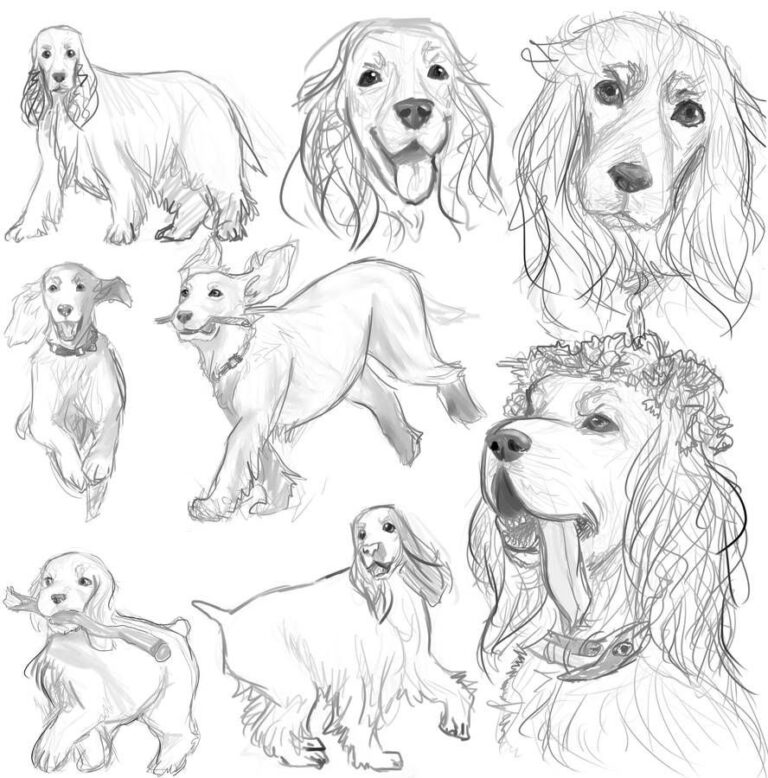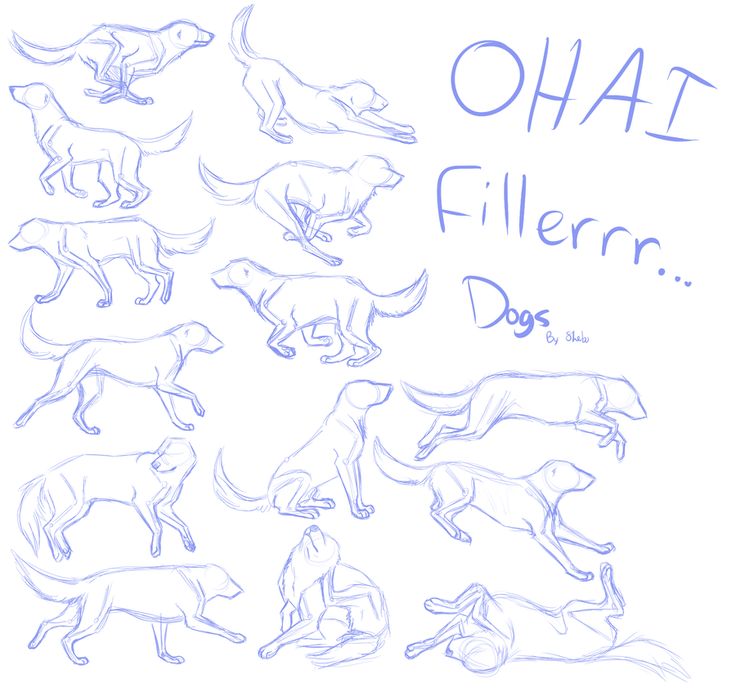
Introduction
Drawing dogs can be a delightful and rewarding experience. Whether you are an aspiring artist or just looking for a fun activity, having a reference can greatly enhance your drawing skills. This article will provide you with a comprehensive guide on finding the best dog drawing references and tips to improve your artwork.
Why Use a Reference?
Using a reference when drawing dogs allows you to observe their anatomy, proportions, and unique features. It helps you capture their likeness and create realistic and accurate drawings. References also aid in understanding the different breeds, their characteristics, and variations in body structure.

Where to Find Dog Drawing References
There are various sources where you can find high-quality dog drawing references:
1. Online Image Libraries
Many websites offer a vast collection of dog images that can serve as excellent references. Websites like Unsplash, Pixabay, and Getty Images provide high-resolution photos that you can use for free or purchase for commercial use.

2. Dog Breed Websites
Specific breed websites are fantastic resources for finding references for particular dog breeds. They often provide detailed information about the breed's appearance, temperament, and physical attributes, accompanied by multiple photos showcasing their distinct features.

3. Dog Photography Books
Books dedicated to dog photography can be a valuable reference source. These books typically feature professional photographs that capture the essence and beauty of various dog breeds. They often include different angles and poses, allowing you to explore different perspectives in your drawings.

Tips for Using Dog Drawing References
Here are some useful tips to make the most out of your dog drawing references:
1. Study the Anatomy
Before starting your drawing, take some time to study the anatomy of dogs. Understanding the bone structure, muscle groups, and proportions will help you create more realistic and accurate drawings.
2. Observe Different Breeds
Dogs come in various breeds, each with its unique features. Take the opportunity to study different breeds and their specific characteristics. Pay attention to variations in ear shape, snout length, tail size, and fur texture.
3. Use Multiple References
Using multiple references can provide you with a broader understanding of a specific breed or dog's pose. Combine various images to capture different angles, expressions, and movements, resulting in a well-rounded drawing.
4. Practice Sketching
Sketching is an excellent way to improve your drawing skills. Start with rough outlines and gradually add details. Regular practice will enhance your ability to capture the essence of dogs quickly.

Conclusion
Using dog drawing references can greatly improve your artwork by providing valuable insight into the anatomy and characteristics of dogs. Online image libraries, dog breed websites, and dog photography books are excellent sources for finding references. Remember to study the anatomy, observe different breeds, use multiple references, and practice sketching regularly. So, grab your pencils and let your creativity flow while drawing adorable and lifelike dogs!